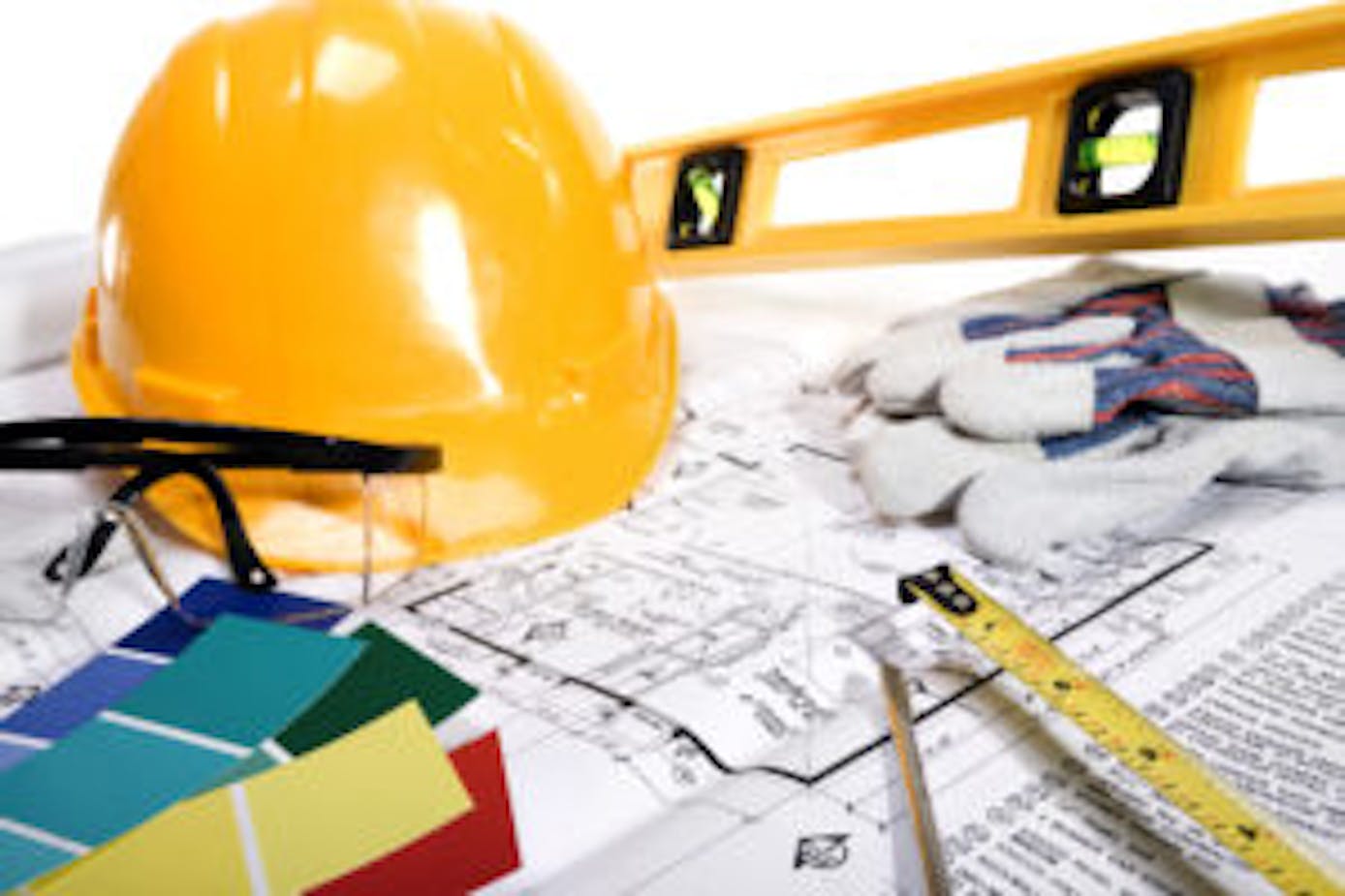Installing Drywall the Easy Way…
Gypsum board, wallboard, plasterboard, sheetrock they all mean the same at end of the day – Drywall. Through out North America this product is very widely used in residential homes and it’s gaining more popularity throughout Europe as well.
The boards are made out of compressed gypsum sandwiched between layers of durable paper on both sides. Most commonly they are manufactured in thickness of half-inch, however some installation may require five-eights as a desired thickness. There are many other types of drywalls available on the market to withstand special environments such as bathrooms and other high moisture content circumstances.
An insider trick of the trade is to install the boards horizontally to minimize the amount of taped joints required. You can purchase drywall boards up to twelve feet in length, if possible try to purchase lengths that go from one end of the room to another. If your room exceeds twelve feet in width than of course you will have to add a vertical joint.
Shaping and cutting drywall is one of the easiest part of the job. All you need to do is use a straight edge and a sharp utility knife once you have taken your accurate measurements. Please note that these measurements don’t need to be very tightly butted together. If you try to be too précised than quite often you will end up cutting the same board 2-3 times as your measurement ends up being too tight. In my experience, a drywall taper can easily fill gaps up to three-eights of an inch. Start your cut on the face of the board by placing the straight edge along the measured line and just simply pull the knife along the straight edge 2-3 times making sure that you have completely cut through the paper. There is no need to cut in to the gypsum as it will be explained in the next step.
Slightly pick up the drywall or slide a piece of wood underneath the larger board if it’s a bigger piece and with a quick motion, snap the board along the cut line. After the drywall is snapped, bend it backwards and cut the paper on the back side of the board as well.
Typically you would want to use 1.25 inch drywall screws to hang the drywalls, some builders may prefer to use 1.5 inch screws on the ceiling for added support. From time to time, you may end up installing drywall over an existing drywalled wall, if that’s the wall you need to increase the length of the screws by the thickness of the existing drywall. No need dwell on this, but make sure that your screws are going into the studs every time.
More experienced drywall installers have special tools to assist them with their installation process. There are special electric drywall screwdrivers that have a special clutch built into them that will prevent you from over tightening the screws and penetrate into the boards deeper than it’s recommended. These gadgets also come with an option of holding dozens of preloaded screws to speed up the work. If it’s just a one time project that you are taking on, then probably there is no need for this kind of tool, a simple cordless drill may be just as effective.
It’s recommended to install the drywall screws every twelve inches on outside edges and perhaps every sixteen inches on the middle. Be sure to keep the boards about half an inch off the floor to prevent any moisture from getting to the board, this is especially important when installed over concrete floors.
When it comes to installing drywall on the ceiling, you might want to line up a few of your friends to give you a hand with those pieces as it could weight close to 70-80 pounds per sheet. I would recommend you nail together two pieces of two by fours to form a T shape. Once you have lifted the board into position, just wedge the T-bar underneath one end, and start fastening the drywall.
The taping and filling is the most critical part of the drywall process. Many people have attempted doing it themselves in the past. I am sure that with proper practice and persistence you can master this technique, but I would always pass this process onto a professional who will guarantee you a smooth finish.
Prior to painting any walls, be sure to apply a coat of primer on the surface for best finishing results. If you were to skip the primer process, you are running the risk of joints showing after painting.



